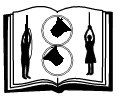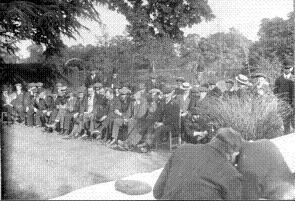
|
Ringing History Hub |

|
Ringing History Hub |

|
The many ringing societies that have been formed have a wealth of history of their own. These pages have combined what we know about these. Less-► |
The formation of the first ringing societies was generally associated with a particular town or church. They provided some identity to a group of ringers and once a society had gained a reputation for good ringing became something of a brand for other ringers.
The first societies for which we have any information are:
We find them mentioned on peal boards and newspapers. The earliest provincial newspapers coincide with the formation of many early ringing societies.
Over the years, ringing societies came and went, some have continued for many years. Some continue with altered names, either through fashion or changes in the shape of a society. Other name changes resulted from amalgamations, splits and boundary changes.
With the advent of Belfry Reform at the end of the 1800's a number of territorial societies were formed. These combined a number of tower bands into larger organisations. These were either delineated by county or diocesan boundaries and there have been a few overlaps providing potential for friction over the years. The diocesan societies in particular provided a degree of religious respectability while working to assimilate ringers into the life of The Church.
The management structures of these societies generally follows that of tower bands. The significant officer posts are "Ringing Master" and "Secretary." Modern ringing societies manage a proliferation of posts and a heirarchical structure of branches or districts.
Recent additions have been a number of social groups and peal ringing societies formed to avoid payment of fees to the old societies. Also, societies are fine-tuning how they manage membership and payment of subscriptions and considering if a district structure adds value.
|
Copyright © 2003-2025 Central Council of Church Bellringers |
Log in | Site map |